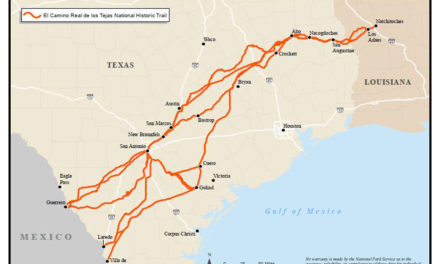At the end of October, leaders from around the world descended on Glasgow, Scotland for the 12-day UN Climate Change Conference of the Parties (COP26).
It was attended by nations that signed the United Nations Framework Convention on Climate Change in 1994. This summit brought leaders together to track the progress nations have made since signing the Paris Climate Agreement, and hopefully continue plans for cutting carbon emissions that are making the climate crisis worse. Whatever the result of that global conference, it is still too significant to be done on the local level.
In October 2019, San Antonio’s city council adopted the long awaited Climate Action and Adaptation Plan, which would put the city on a path to carbon neutrality by 2050. Then the plan sat on a shelf for over a year before city leaders formed committees to implement it.
Some COP26 attendees were stranded in trains traveling to Glasgow because of heavy storms. There were also reports of possible tornadoes. Meanwhile, we see people in California dying or fleeing from ravaging wildfires, flooding in Europe, and mussels boiled alive in Vancouver due to extreme temperatures. We can’t forget just nine months ago, Texas was covered in ice and snow for days leaving millions of residents without electricity and water as our state grid collapsed.
These events are not stopping. A UN Report released last summer called the climate crisis “a code red for humanity” and noted that “global heating is affecting every region on earth, with many of the changes becoming irreversible.” The U.N. report puts the blame for global warming on us and our reliance on fossil fuels like coal and natural gas.
So then why is city leadership reluctant to take action? Are our leaders afraid to step out of their comfort zone and take bold action to protect our city from extreme weather events? What are they so afraid of? They only have to look at other cities around the nation that are taking bold and successful action to put their cities on a path to a sustainable future with clean energy.
In 2017 Los Angeles City Council directed their utility, Los Angeles Water And Power, to study the feasibility of transitioning their power supply to 100% clean energy by 2045. After convening stakeholders from various backgrounds and running different modeling scenarios, they found they could actually make their power supply 100% clean energy by 2035. The study is going even further to plan for clean energy jobs.
The process of bringing necessary stakeholders to work on a plan for a clean energy transition for Los Angeles can and should be modeled anywhere in the United States, and especially in San Antonio as we move slowly on climate action. Our city council should take the bold steps of calling on CPS Energy to work with stakeholders to find solutions that lead us to a clean energy future.
Climate Action Urgency Looms Over the River City









